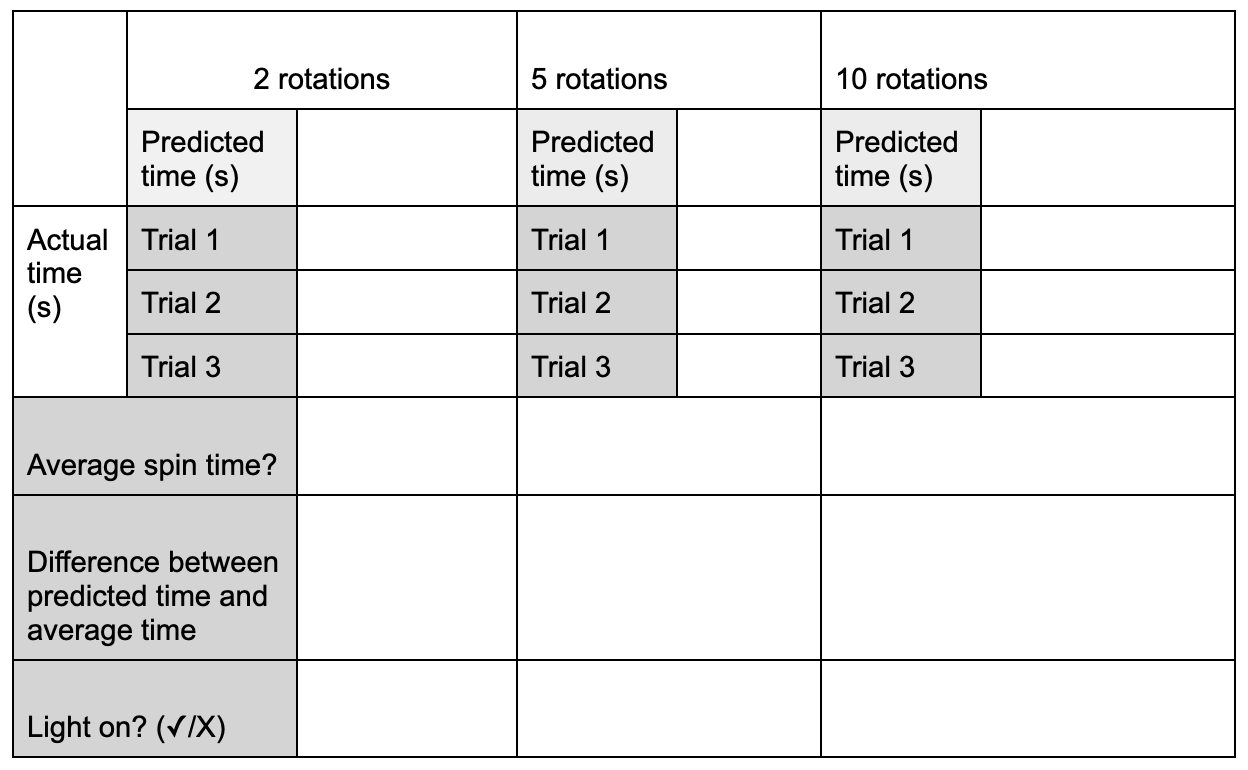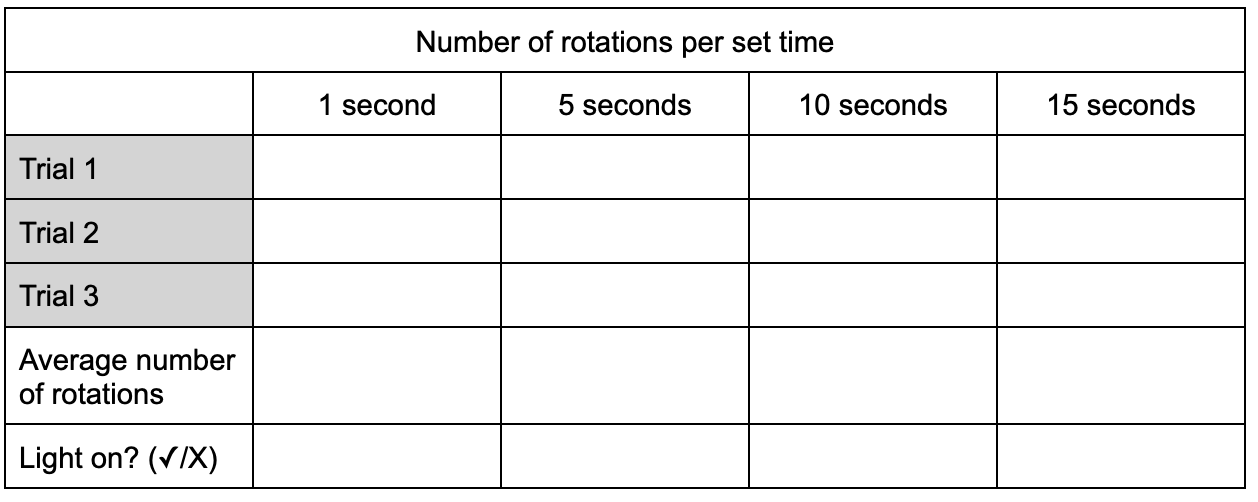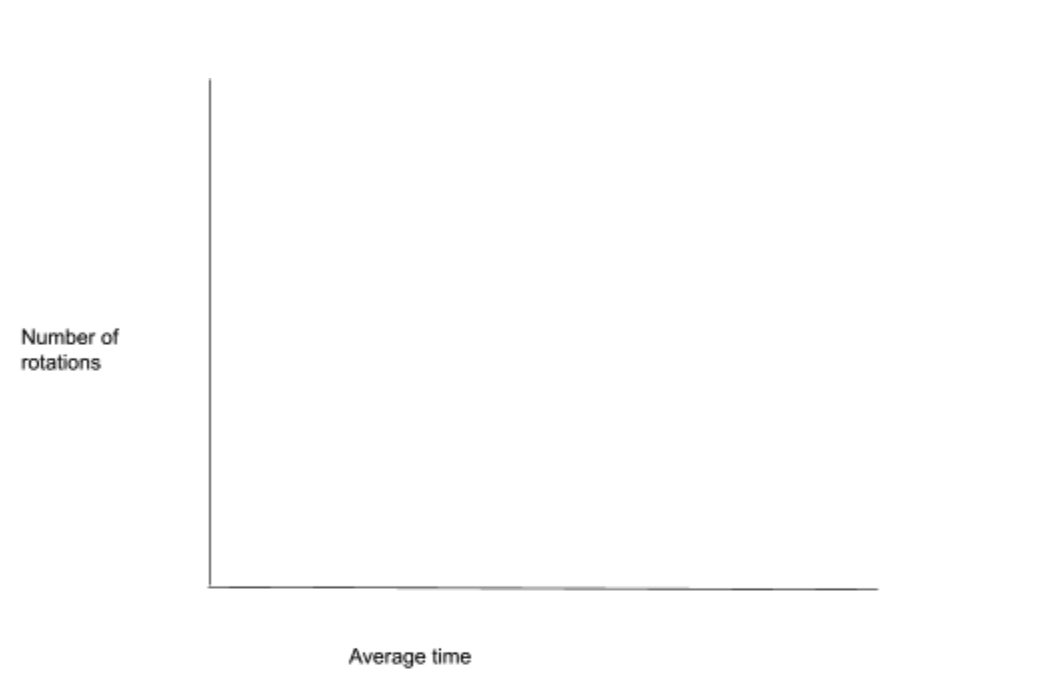Global Wind Day - Maths activity
Don’t let the maths blow you away! Get your students to explore rotational symmetry, make predictions, record data and calculate averages, with this practical and hands-on maths activity.
Teacher note: This activity builds on our science design challenge for Global Wind Day. Students will either need to create (or have access to) a small wind turbine/ fan for this activity.
Lesson focus/ Guiding Questions
How can we determine how many times the blades in a windmill rotate in a second? 1 minute? 5 minutes? 10 minutes? 1000 minutes?
How will the size of the blades affect the rotational spin speed of the wind turbine?
Is bigger better when it comes to harnessing wind into electricity?
Lesson Outcomes
Students will
- identify the rotational symmetry and order of symmetry.
- use data to make predictions.
- calculate averages.
- solve simple ratio problems.
Prior Knowledge
What do you know about geometric shapes and degrees of angles?
How can you use graphs to display data and make predictions?
How do you multiply and divide decimals?
Teacher-led activity
Materials:
Wind turbine
Stop watch
Texta
Protractor
Experiment:
- Colour one of your blades.
- Using your stopwatch, record how long it takes the coloured blade to make a full 360° rotation three times.
- Use results to make predictions on how long it should take your wind turbine to spin in various time increments.
- Test your predictions three times each and record your results.
- Find a group with different size blades and compare your results.
Prompting Questions
- State the order of line symmetry and rotational symmetry for your wind turbine.
- Use a protractor to determine what would be the smallest angle of rotation that you could rotate your wind turbine so that it looks the same?
- If the wind turbine spins half way, how can we represent this number as a decimal?
- If the wind turbine spins a quarter of the way, how can we represent this number as a fraction?
- How can we calculate the rotational speed per minute?
Example results tables/graphs
Use these or have your students make their own.
Part A

Part B

Using your average time for 1 rotation from above, calculate and predict how much time it will take for the wind turbine to rotate 2, 5 and 10 times.

Part C

Part D
Determine the rotational speed per minute (rpm) using the average number of rotations from Part C.


Student-led
See the curriculum mindmap below and ask students to investigate the questions related to what you are currently covering in class.

Extension
Estimate how long it takes the light starts to flicker?
How long before the light is consistently bright?
How many rotations per minute does it take for the light to be consistently bright?
Compare your data with a group with different size blades. Do bigger blades spin faster?
How do uneven blade sizes affect the data?

